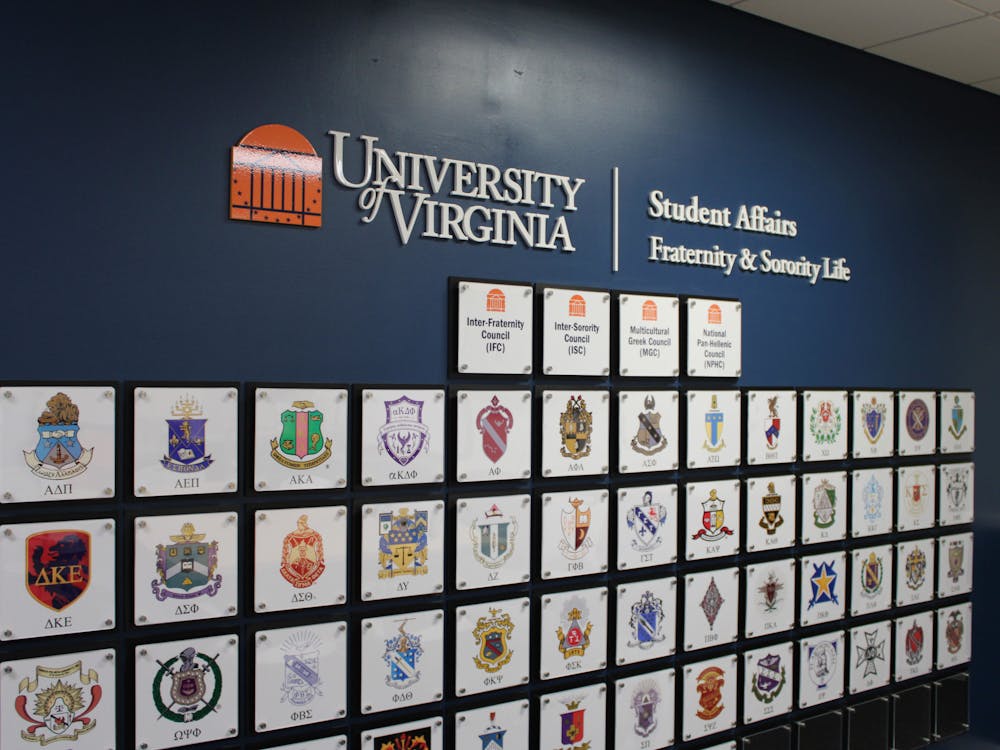Well, it’s that time of the year again — as Americans gear up to spend nearly $800 billion over this holiday season, our government is taking a good, hard look at its own finances. Yes, that’s right, it is almost time for the annual budget showdown. This classic rivalry pits red vs. blue, chamber vs. chamber, and last year ended in a 15-day shutdown of the federal government. This scenario happens if Congress does not come to an agreement about what it wants to fund (aside from the mandatory spending on entitlement programs) by October 1: the start of the new fiscal year. Thankfully this year, on September 17, the House of Representatives passed a “continuing resolution”(CR) to keep the federal government running, which the Senate passed soon after and Obama signed into effect. The CR essentially keeps flat funding for government agencies past the drop-dead date of October 1. This CR funds the government until December 11.
The fact that our government gets to keep doing its job is a huge relief to a lot of people. Politicians are generally preoccupied by concerns for their own constituents — in a shut-down, national parks close, federal loans grind to a halt, as do certain other federally-administered documents (think passports, etc.). But one group that often gets overlooked in this budgetary mess is recipients of foreign aid: specifically people living with HIV, otherwise known as “PLWH.” Around the world, there are about 35 million PLWH, 1 million of whom are found in the United States. The federal program that provides treatment and prevention to millions in the most affected areas is the President’s Emergency Plan for AIDS Relief, or PEPFAR. This program is a product of the Bush II administration and perhaps one of his most shining legacies. In the four years following its inception, the program increased the number of African PLWH receiving AIDS medications from 50,000 to 1.4 million in 2008.
Now in the HIV/AIDS community, we talk about the 90-90-90 target: that by 2020, 90 percent of PLWH will know their status, 90 percent of those people will be on antiretroviral treatment, and 90 percent of those people will be virally-suppressed. And here’s the key about ending HIV and AIDS: if a PLWH is virally suppressed, the likelihood of them transmitting the virus drops by 96 percent. Reasoning this through, that means that if 90 percent of 90 percent of 90 percent of 35 million people are 96 percent suppressed. That’s about 24.5 million people who can no longer transmit the virus. Completely safe. Practically 100 percent non-infectious. And this is the point where we can start talking about the end of AIDS.
But here’s the thing: We can’t pull back now. As soon as you take people off their meds, or you slow the rate that people are being put on medications, the magic effect is lost — they can transmit the virus again. The problem is that in all the hubbub over fiscal austerity and budget deficits and Arma-greed-on, this idea can get lost. We can lose sight of the end-goal here: an AIDS-free generation. A world where nobody dies of HIV-associated infections. We have the ability to make that happen. We just can’t pull back now.
Unfortunately, pulling back is exactly what we (may) do. Besides PEPFAR, there is another program run by a large conglomeration of countries called “The Global Fund to Fight AIDS, Tuberculosis, Malaria.” The Global Fund and PEPFAR are truly game-changers in terms of ending HIV/AIDS. The difference between the two is that PEPFAR is “bilateral” — i.e. America agrees to give the government of Zambia $2 million to provide antiretrovirals to its people — while the Global Fund is “multilateral”: the U.S. government pays into the Global Fund along with dozens of other nations, and the Global Fund disperses the funds independently. However, in the classic American spirit of distrust and independence, we have limited ourselves to providing one-third of total contributions to the Global Fund.
We did this thinking that it would encourage other countries to give more generously to fight these disease. But, turns out it has been more of a hindrance than anything else. For example, in FY2015, the U.S. was prepared to commit $1.65 billion to the fund. However over time it has become clear that other countries are not going to commit the 2:1 matching funds for this level. Thus for next year, America’s contribution to the Global Fund will be limited to $1.35 billion, or $300 million less than we initially intended.
“But wait!” you might say. “Isn’t there an obvious solution? Don’t we have our own program to fight HIV/AIDS?” And you would be right! We can transfer that $300 million that we had already committed to putting people on medications and preventing the spread of the virus and put that into PEPFAR. And, in fact, that is exactly what the House of Representatives did in their preliminary budget. However, when the Senate came out with their appropriations bill…the $300 million had vanished. We have inadvertently limited our own ability to work towards the end of AIDS.
Thankfully the final law hasn’t been written! We can still get the funding back to its desperately-needed level. With a quick phone call to our Senators Warner and Kaine (or your own Senators), you can make sure that they work to keep up the fight against AIDS. Half of the government has already committed to making this happen. With one quick call, you can express the importance that the other half follow suit. Step up, make a call, and an AIDS-free generation might not be as far off as you might think.
Keanan McGonigle is a second-year in the Batten School. He is the Policy Chair of the Student Global AIDS Campaign.




